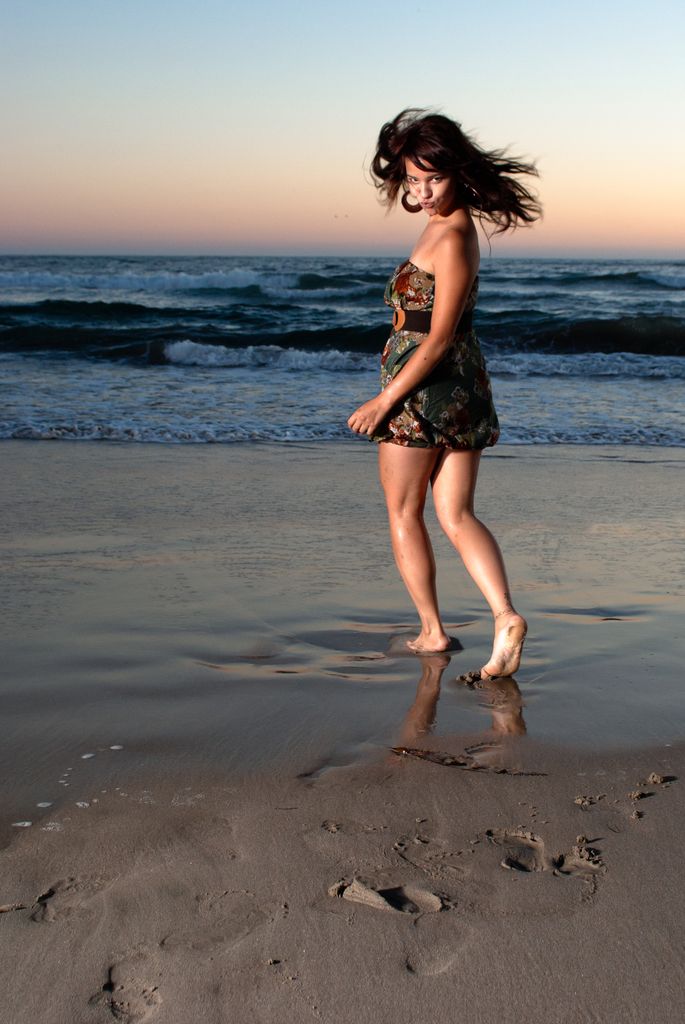Textured and Eco-Friendly Interiors Embrace Cork: A Look at Six Homes Beautifully Utilizing the Material
Popping up all over the design world, cork's versatility isn't just skin-deep. This renewable resource is taking interiors by storm, showing up in flooring, cladding, and wall coverings, all while boasting an eco-friendly charm.
The bark of cork oak trees, harvested primarily in Portugal and Spain, provides this earthy material without harming the trees. And it's not just a pretty face - cork is a sustainable, recyclable, water- and fire-resistant dream come true. As Nimi Attanayake, co-founder of London's Nimtim Architects, puts it, "Cork ticks all the boxes when it comes to thermal and acoustic performance, but is also breathable, free from chemicals, synthetic resins, and carcinogenic materials, and creates a healthy environment inside the house."
With its unique cellular structure, cork stands out as a material that boasts both visual interest and practical perks. From kitchen flooring that's easy on the eyes and gentle on tired feet to hallway flooring that offers a soft underfoot sensation while matching other natural surfaces, cork is a coveted interior design trend.
Mix-and-match shades let designers get creative, and cork's composition adds a richness and organic touch that makes it an interesting alternative to traditional materials like stone and wood. And the benefits don't stop there - cork's inherent acoustic properties make it ideal for home offices, media rooms, and noisy areas.
From walls to floors, and even furniture and upholstery, cork is flexing its versatile muscles to transform spaces. And with its sustainable and eco-friendly nature, this material is set to be a mainstay in the design world for years to come. So, embrace your wild side, and jump on the cork bandwagon!
Kitchen Flooring
Cork flooring brings a cushioned surface to your kitchen, making it a smart choice for those who stand in the cooking zone for long hours. Opt for high-density cork tiles or planks specifically made for high-traffic areas to boost durability and protect against spills, stains, and moisture. In a recent kitchen project, cork flooring complemented the island's rich Elm grain and Marmoreal white and Tristone worktop, adding warmth and character to the kitchen.
Mix-and-Match Shades
Cork's versatility lets designers manipulate its shades and colors to create the perfect match for other natural materials. In a successful material-rich project, cork was used as hallway flooring, blending seamlessly with the sand and beige tones of the Italian porcelain pavers in the bathroom and balcony. The softness and gentle spring underfoot made it an ideal choice for a home located in a tropical climate.
Add Visual Texture
Cork's natural aesthetic adds loads of visual texture to interiors, especially when expanded cork boards are used as wall finishes. Its softening of color when exposed to light creates a warm, organic look that doesn't go unnoticed. In addition to its visual appeal, cork happens to have a "wonderful woody scent" when installed, making it a delightful addition to any space.
Replace Exterior Cladding with Cork
In addition to its many interior applications, cork can also be used as exterior cladding. Cork cladding adds a contemporary touch that integrates well with Victorian homes and neighboring environments. The cork will weather over time, blending the look with a softer, slightly gray tone.
Create Zones with Cork
Brooklyn's Almost Studio took cork's versatility a step further by using it to create soft zones throughout an airy loft. Cork wainscotting helped define spaces, such as the seating area, creating subtle yet visible boundaries while adding a touch of style.
Take Advantage of Cork's Acoustic Qualities
In a south London extension, architects utilized cork cladding boards for noise reduction in a multi-purpose family space. The acoustic properties kept sound levels low, even when the family was engaged in various activities simultaneously. And it's not just about function - the speckled cork boards added a patterned, textured surface that everyone loved.
- Cork flooring in the kitchen provides a cushioned surface, making it comfortable for long hours spent cooking, and is durable enough to withstand high-traffic areas, spills, stains, and moisture.
- Mix-and-match shades of cork can be manipulated to create a perfect match with other natural materials, such as Italian porcelain pavers in a bathroom or balcony.
- Cork's natural aesthetic adds visual texture to interiors, especially when expanded cork boards are used as wall finishes, softening color with light exposure and emitting a warm, organic look.
- Cork can also be used as exterior cladding, adding a contemporary touch that melts well with Victorian homes and neighboring environments, weathering over time to a softer, gray tone.
- Designers can take advantage of cork's versatility to create soft zones throughout a space, like Brooklyn's Almost Studio did by using cork wainscotting to define spaces such as seating areas.
- Cork cladding can be utilized in multi-purpose family spaces for noise reduction, keeping sound levels low even during simultaneous activities and offering a patterned, textured surface.
- Embrace cork's sustainable, eco-friendly nature as it displays a "wonderful woody scent" when installed, making it a delightful addition to any space - be it walls, floors, furniture, or upholstery - and ensuring its longevity in the design world.







